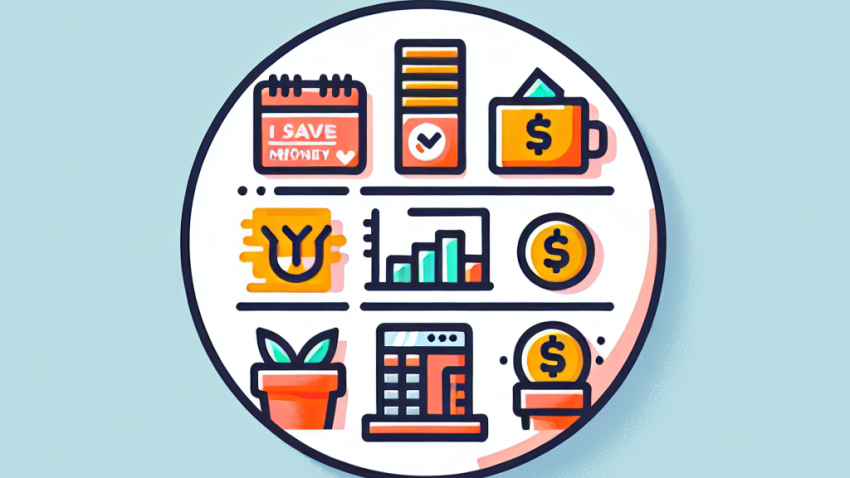
My Favourite Ways to Save Money Without Touching Spreadsheets
How I Reached Financial Independence in My 30s — And How You Can Too
Let me be brutally honest for a second: I wasn’t born with a silver spoon in my mouth, nor did I marry a tech billionaire (I checked — they were all taken). What I did have, however, was a deep desire for financial freedom, a lazy streak that hated the 9-to-5 grind, and a love for spreadsheets that could rival a Wall Street analyst. My name is Rachel Simmons, and I reached financial independence by age 35.
And no, it didn’t require living off lentils or never going to brunch again.
Here’s how I did it — and how you can use my strategies to start your own journey to financial independence (even if you hate Excel).
Wait—What Is Financial Independence, Really?
Financial independence (FI) means having enough money that you no longer need to work for income. Picture it: waking up without an alarm clock, working because you want to, not because you have to, and spending your time on what truly matters to you—whether that’s travel, family, volunteering, or yachting (hey, no judgment).
It doesn’t have to mean retirement in the traditional sense. You can still pursue passion projects or work part-time. FI just means you’ve got options.
Step 1: I Got Real About My Spending (and You Should Too)
Before I did anything fancy like investing or budgeting hacks, I tracked. Every. Single. Dollar. I used a combo of apps like YNAB and good old Google Sheets.
What I Learned:
- I was spending $300/month on “miscellaneous” — aka stuff I couldn’t even remember.
- Takeout was the silent killer of my savings goals (shoutout to Pad Thai… we had a toxic relationship).
- Low-value expenses were stealing from high-value goals — like buying freedom.
Your Turn: Track your expenses religiously for one month. Then audit your spending—without shame, just curiosity. Ask: “Does this align with the life I want?”
Step 2: I Built a Financial Buffer—Fast
The internet will tell you to start investing immediately. While I love compound interest as much as the next money nerd, I also believe in having a safety net before diving in.
So I saved up a 6-month emergency fund. Yes, six months. Why? Because confidence grows when you know you’ll be fine, even if everything goes pear-shaped (hi, global pandemics).
How I Did It:
- Automated savings straight from my paycheck into a high-yield savings account.
- Sold things I didn’t need using local resale apps — you won’t miss that third set of wine glasses, trust me.
- Kept lifestyle creep at bay — I avoided upgrading anything unless it dramatically improved my life or health.
Your goal? Save 3–6 months of living expenses before you jump deep into the investing waters.
Step 3: Investing Like a Boss (Yes, Even If You’re a Beginner)
Here’s where the real magic happens. Investing is how you build wealth that works for you while you sleep. And let me tell you, nothing feels more luxurious than passive income while bingeing your favorite Netflix show in sweatpants.
My Investment Strategy:
- Index Funds: I kept it boring—and effective. I invested heavily in low-fee, broad-market index funds (like VTI and VXUS).
- Roth IRA and 401(k): I maxed these out every year to take advantage of tax perks.
- Taxable Brokerage: When my retirement accounts were full, I started investing in a regular brokerage account to give me flexibility before age 59½.
I didn’t pick individual stocks. I didn’t chase crypto trends. I leaned into what’s proven to work long-term: diversified, low-cost investing.
Step 4: I Designed a Life I Didn’t Want to Escape
Here’s the spicy truth: money alone won’t make you happy. So many people grind toward financial independence only to feel lost once they get there.
I made sure to build the life I wanted along the way, not just at the finish line. I took micro-retirements, explored hobbies (hello, pottery phase), and invested in relationships as much as my Roth IRA.
If you’re working toward FI, ask yourself:
- What do I love doing, that I’d want to do more of with time freedom?
- How can I infuse some of that into my life now, even if just a little?
This Isn’t About Deprivation
This journey isn’t about scrimping. It’s about intentional spending and purposeful saving. I still traveled, went to concerts, and even splurged on the occasional bougie skincare serum. I just aligned my habits with what I valued most — and learned to say “hell yes” to what mattered, and “nah” to the rest.
Frequently Asked Questions
How much money do I need to be financially independent?
The most common rule of thumb is the 25x rule: multiply your annual expenses by 25. If you spend $40,000 a year, aim for $1 million invested. But it’s not a magic number — it depends on your goals, risk tolerance, and flexibility.
Is financial independence possible on a modest income?
Yes! It’s more about savings rate than income. I started under $50K/year. I increased my savings rate with side hustles and mindfulness. You don’t need a high salary—you need a high commitment to your goals.
You Can Start Now—even if you feel behind
The biggest myth is that it’s too late. But here’s the truth I’ve lived: it’s never too late to start being radically intentional with your money. You don’t need a six-figure job, you don’t need to live like a monk, and you don’t need to be perfect.
You just need a strategy, a shift in mindset, and a whole lot of grit (and possibly some spreadsheets — but I’ll allow apps if you insist).
Want to learn more about how we think about money around here? Read more about us or get in touch—I want to hear your story.
Let’s retire the idea that financial freedom is just for the wealthy. It’s for the curious, the creative, the disciplined, and yes — even for you.
Now go make a budget, start that investment account, and remember — your future self is cheering you on.





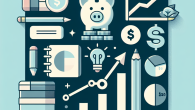
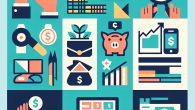
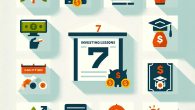
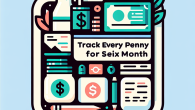
Leave a Reply